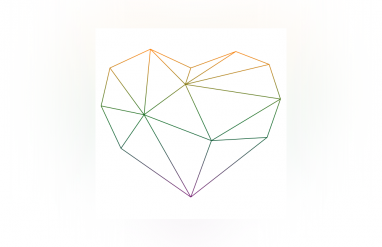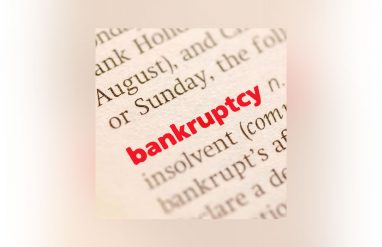OK, then what does the "T" in LGBTQ stand for?
Transgender.
This is a term that refers to people whose gender identity and/or gender expression differs from the sex they were assigned at birth (side note: when gender and sex align, it’s called cisgender). For example, someone who was assigned the male sex at birth but who identifies as female could consider themselves transgender.
Many transgender individuals identify as nonbinary or genderqueer, meaning their gender identity or expression doesn’t conform to the traditional dichotomy of male or female. (Remember, gender and sex are not synonyms.)
Nonbinary gender can take many forms. Some do not experience gender (agender, gendervoid). Some may identify as two or more genders (bigender). Other individuals don’t have a fixed gender identity or expression or experience a range of intensity within them (gender-fluid, genderflux). Yet others have created more specific terms for their experience (e.g., juxera and proxvir).
Again, if you’re in a situation where you need to refer to someone’s gender identity, it’s best to ask what they prefer. Keep in mind: Some transgender people use the shorthand trans, but it’s not always acceptable for a non-transgender person to use the term. Also note that transgender is preferred to transgendered, as the latter can imply something has been done to the person and that their identity isn’t natural. Calling someone a transgender is similarly offensive.






















